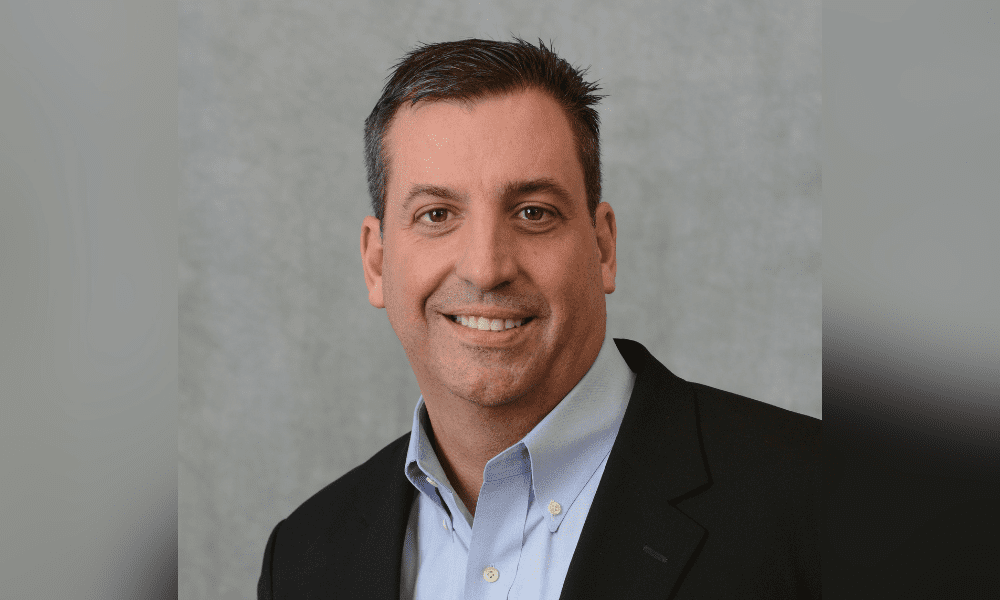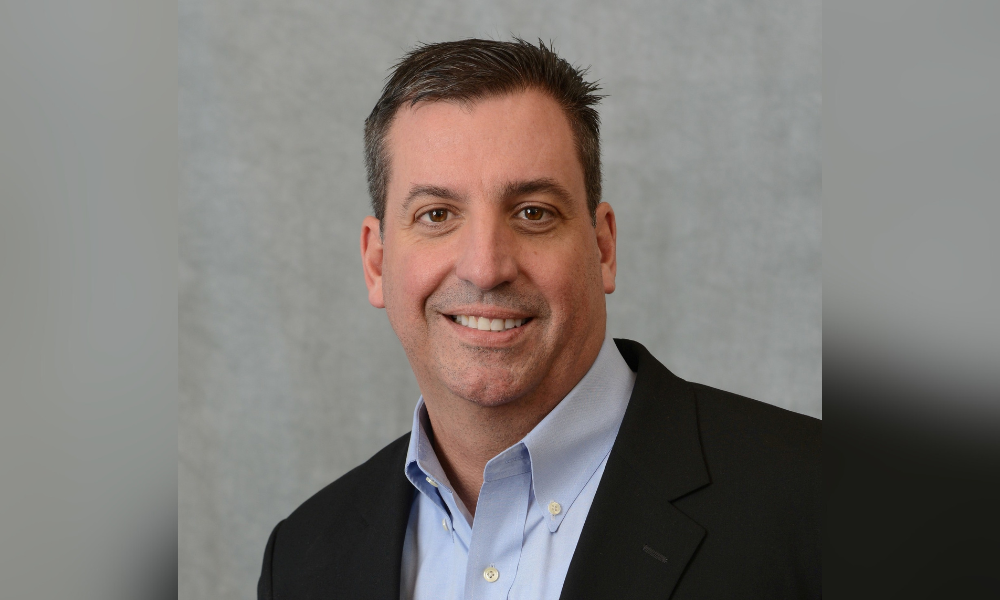

The figures come as a recent Freedom of Information (FOI) request identified Northern Ireland as one of the 10 safest UK regions for tool theft. Data showed that there are 13 incidents per 100,000 people annually. North Wales recorded the lowest rate at three incidents per 100,000 people, while London and West Yorkshire had the highest rates, with 592 and 130 incidents per 100,000 people, respectively.


















